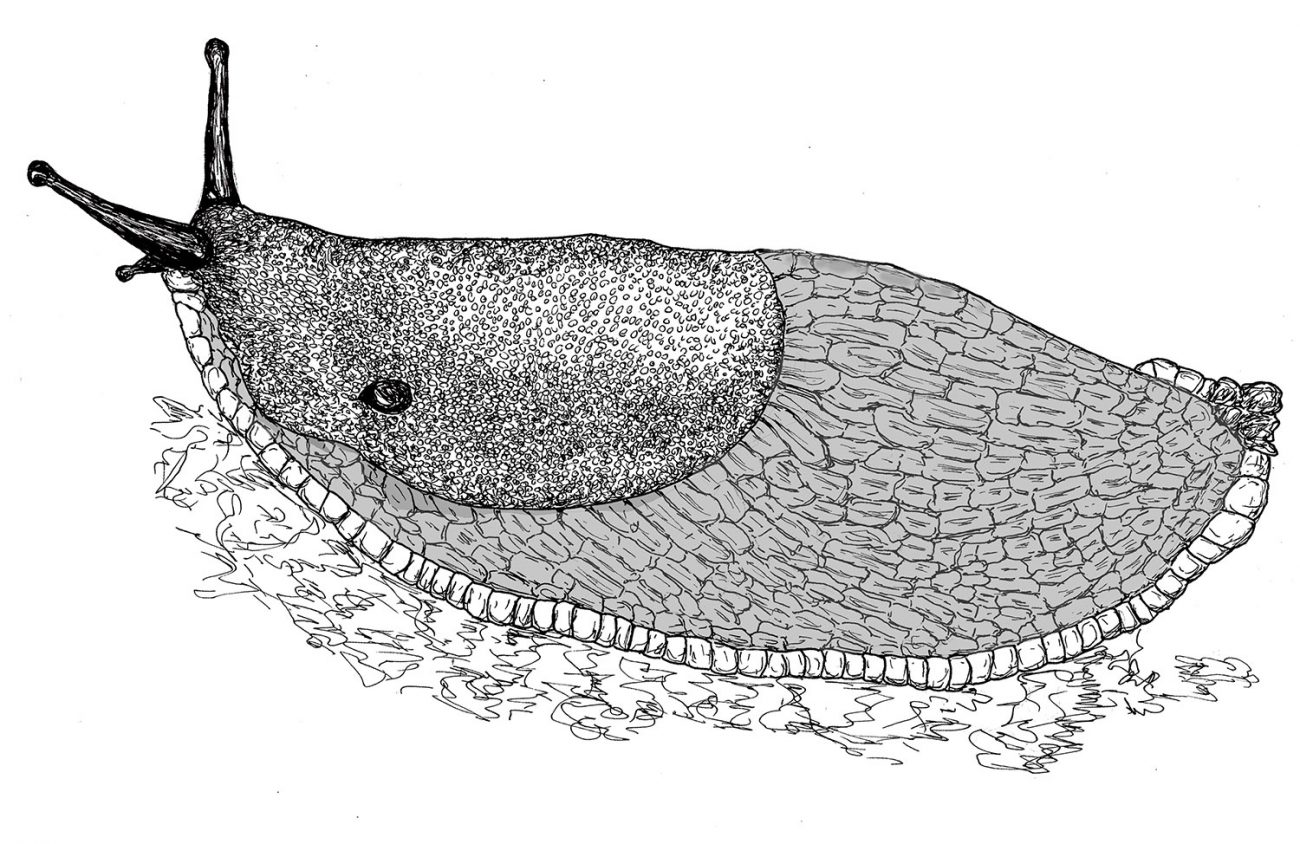Everything is quiet inside our home as the new year begins. We enjoy watching birds coming to the feeders outside the window, the reward for maintaining three kinds of feeders. Out in the street robins and crows feast on earthworms brought to the surface after a night of heavy rain. Most of them, including nightcrawlers, are not native. They were introduced by settlers, hitching a ride in potted plants or in clumps of mud on farm implements, as many exotic species of plants arrived here. We prize worms for their ability to condition garden soil by aerating the soil and breaking down leaf litter into compost.
Earthworms native to Oregon are not common. The best known is the very rare Oregon giant earthworm, found exclusively in the Willamette Valley and restricted to undisturbed prairie.
The bugs and snails in our garden are also primarily non-native. They make up the bulk of our garden inhabitants. Many of them are pests. Sowbugs and pillbugs are examples of ones seen frequently when stones or pieces of wood are turned over. They eat mostly dead plant material but cause serious damage to seedlings.
The most prominent invasive animals in our gardens are slugs and snails. They can decimate both flowers and vegetables practically overnight. They crowd out the natives from urban areas; the native banana slugs are seen only in a natural forest. Two of the most voracious are the tiger slug and European red slug. Keeping these at bay is a challenge.
David Wagner is a botanist who has worked in Eugene for 40 years. He teaches moss classes, leads nature walks and has published his 2020 Oregon Nature Calendar. It is available at Down to Earth in Eugene or by contacting him directly at fernzenmosses@me.com.
